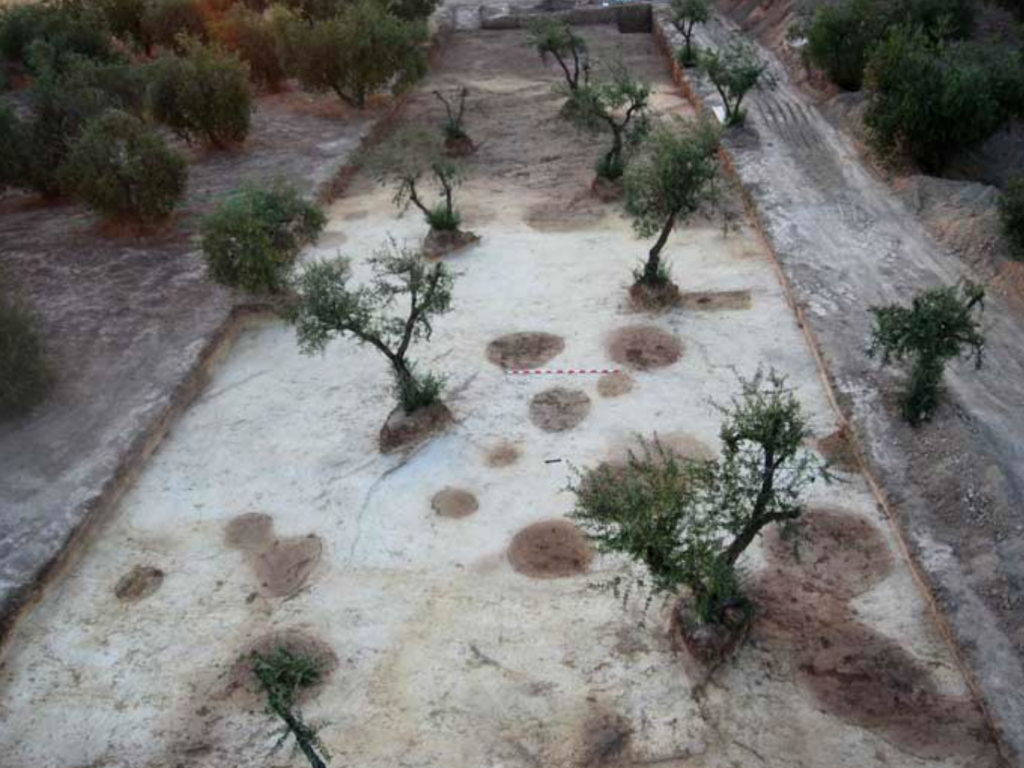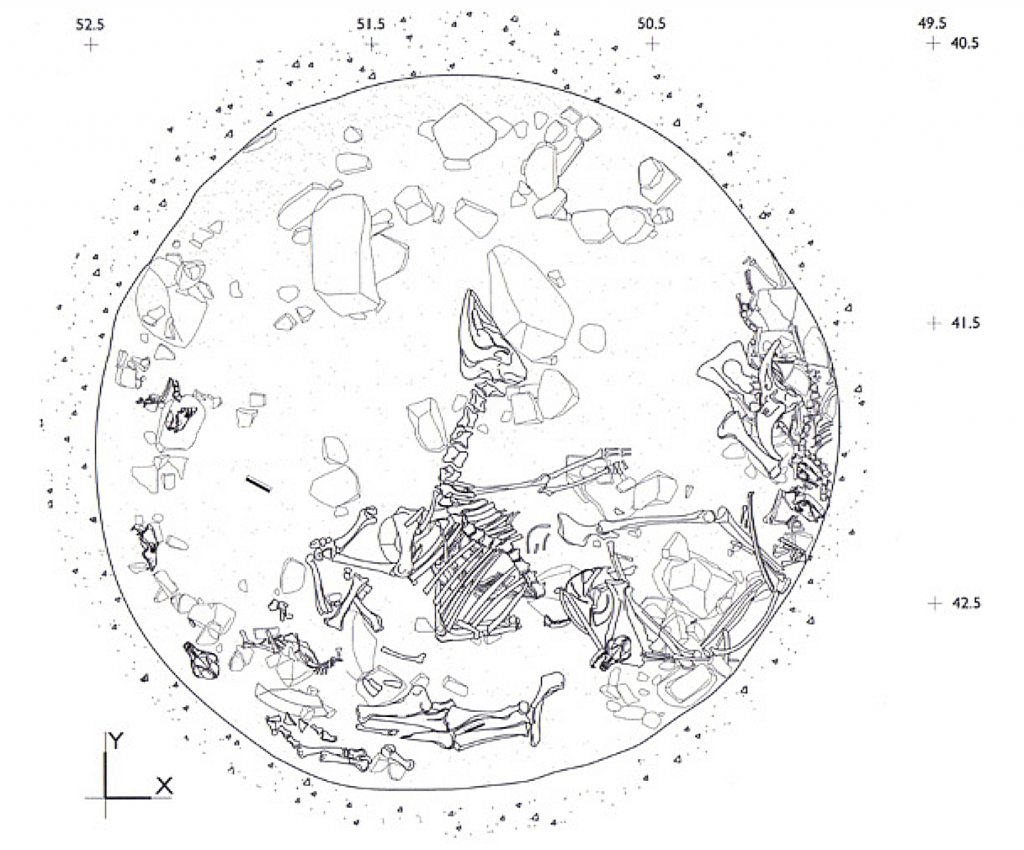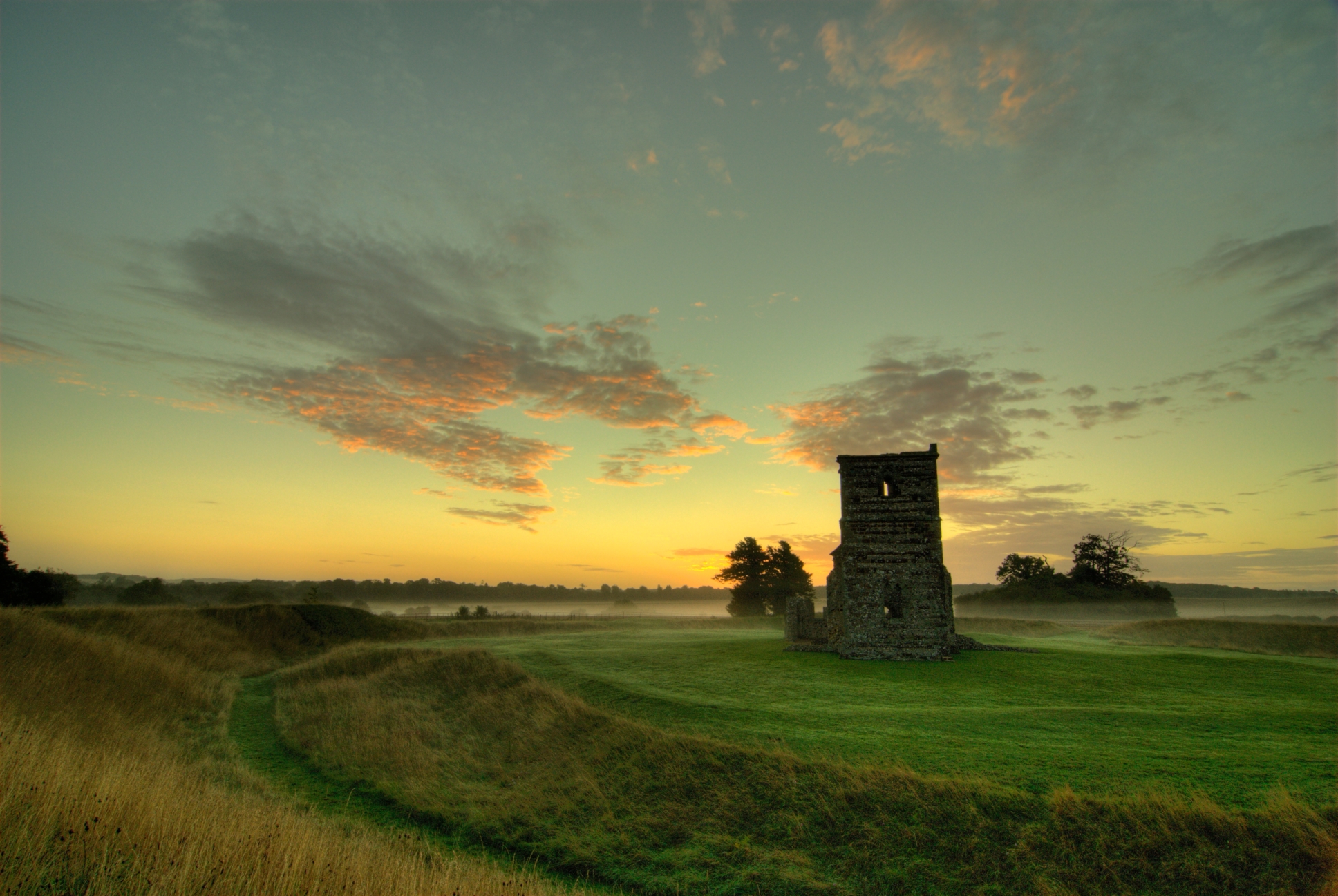Other elements at Neolithic ditched enclosures

Neolithic ditched enclosures can include elements that go beyond the simple combination of ditches, banks or palisades. Here the diversity is notable, perhaps suggesting a degree of variability in the use and meaning of individual places. Occasionally, circular or rectangular houses have been discovered in and around certain ditched enclosures. At times, other kinds of monuments, normally associated with funerary practices, such as megalithic passage graves, were erected in close proximity to ditched enclosures, particularly in areas like Southern Iberia. Also in Southern Iberia we may find examples where lines of stone masonry walls forming enclosures themselves were added to ditched enclosures. But by far the most common feature besides ditches, banks and palisades is the pit. Most ditched enclosures show at least a few pits within the enclosed area or in its surroundings. At certain sites the number of pits is very high, in the range of hundreds or even thousands.

The nature of pit fillings is in many instances similar to that of ditches: cultural and natural material remains contained within a matrix of soil, including, but not limited to, animals and human bones, ceramic sherds, flint tools and knapping waste, ash and organic material, etc.

One of the keys to properly understand Neolithic ditched enclosures in Europe is to determine the sequence of events that led to their formation. In other words, archaeologists need to put a lot of effort into discerning which of these elements (ditches, banks, palisades, pits, houses, walls, tombs…) were contemporary, if any, and establishing a reliable occupational sequence. Enclosures were not built in a day, and many of the features that we see today were only added when others had gone out of use. It would be a big mistake therefore to assume that, just because things appear close in space in the present, they were close in time in the past.
An example: the Knowlton enclosures.

The Knowlton Circles are a group of at least three Neolithic henges in Knowlton (Dorset, United Kingdom), in the proximity of which there are also several Bronze Age round barrows. The best preserved and most famous henge of the three is enclosing a 12th century Norman church. The medieval church, obviously, was built long after the Neolithic monument was abandoned, and it had little to do with the purposes of the original Neolithic structures. However, it seems unlikely that the opposite holds true: the choice of this location for the construction of a church might have been guided in some fashion by the recognisable presence of ancient earthworks. For many, Knowlton Church thereby represents like no other the transition from pagan to Christian ritual traditions. In any case, it is a good example of the wide variety of elements that are often added to Neolithic ditched enclosures. The sites were the subject of research by Bournemouth University in the mid 1990s. Knowlton Church is open to the public.
Next: combinations